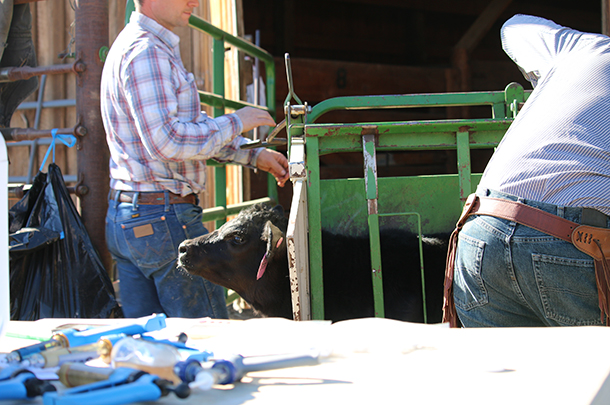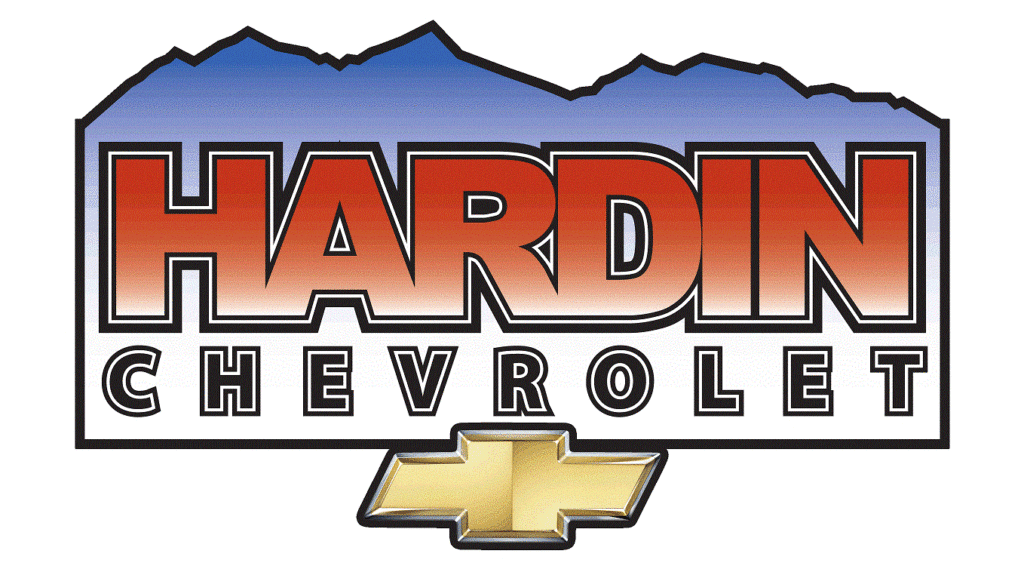Libby Bigler for Progressive Cattle Published on 24 April 2020
The phrase “measure to manage” is a cornerstone in beef industry research, and there is no better example than the National Beef Quality Audit (NBQA).
Every five years, NBQA data produces a roadmap that spotlights competencies and addresses challenges within the beef supply. The beef checkoff-funded Beef Quality Assurance (BQA) program utilizes this data to generate training tools that have transformed practical cattle management. One of the first testaments to NBQA success was identifying injection site abscesses in 1991 and subsequently implementing guidelines that have nearly eliminated them from the fed beef supply.
The most recent NBQA (2016) identified carcass bruising as an emerging issue, with nearly 16% more bruised carcasses than in previous audits. This begged the question: Could the BQA program better educate producers to effectively prevent bruising? Chase DeCoite, director of BQA for the National Cattlemen’s Beef Association (NCBA) says absolutely.
“We’ve made a concerted effort to incorporate stockmanship topics into the BQA curriculum,” DeCoite says. “A key to addressing carcass bruising is building awareness around events that are likely to cause bruising and focusing on how to prevent them.”
Producer accountability
Beyond education and awareness, producer accountability is crucial to improving carcass bruising statistics. DeCoite says that once producers have earned their BQA certification, production practices they implement at home are no longer in the hands of BQA program managers. That’s where BQA self-assessments, particularly on criteria regarding cattle handling, come into play.
Lily Edwards-Callaway, Ph.D., is an assistant professor of livestock behavior and welfare at Colorado State University, and she serves as a member of the National BQA Advisory group. Edwards-Callaway, among other industry experts, helped develop today’s National BQA Feedyard assessment guidelines. With her particular interest in cattle well-being, she supports self-evaluation of cattle handling in all segments of the beef industry.
“There are actually many, many things that contribute to carcass bruising, which makes it complicated to understand where the bruising is actually coming from,” Edwards-Callaway says. “The tricky thing about bruising is that you don’t see it until postmortem. It’s hard when you don’t have a visual to really understand the impacts of what you do.”


Edwards-Callaway cites cattle handling, working facility design, physical attributes of cattle (i.e., whether they are horned or polled, heifers or bulls, etc.) and even trailer dimensions as factors that ultimately contribute to whether carcasses will display bruises. Not only does BQA incorporate these components into its guidelines, the program has recently taken it a step further, providing producers with self-assessment tools to help monitor cattle handling outcomes.
The BQA assessment tool is available for each beef industry segment, incorporating unique criteria specific to each sector. What’s universal to all segments, however, is the cattle handling observation and evaluation.
“Animal handling is a time where there are more opportunities for an animal to become bruised, simply because they are moving, and there are people and facilities involved,” Edwards-Callaway says. “Following BQA processing guidelines, including looking at miscatches, electric prod use, vocalizations … are all good indicators of handling.”
Regardless of industry segment, BQA assessments advise evaluating a minimum of 100 head of cattle at any point during production as they are moved through a chute. Instances of electric prod use, vocalizing in the chute before a procedure, falling, stumbling, tripping, jumping or running upon release from the chute, and miscatching without readjustment before a procedure is performed should be observed and evaluated in comparison to industry standard “thresholds” (see Table 1 for specific thresholds).


If any handling outcome is outside of the acceptable threshold levels, producers should closely consider why the non-conformance occurred in order to manage for the future.
Making improvements
Edwards-Callaway says that using BQA assessments is the first step to making improvements. If situations are observed that create an obvious issue, for example, noticing a specific area where cattle are bumping regularly, she recommends doing a smaller-scale, more individualized assessments to identify “pinch” points in the handling system.
“Looking for those moments where there is a physical impact on the animal and finding opportunities to reduce those impacts will likely reduce bruising,” she says.
When you add in bruising’s economic impact, it makes sense to assess what can be done on your operation to limit the likelihood of sending a bruised carcass on to the packer. Measuring when and where bruises are most likely to occur and managing for those situations will have a big impact in the end.
“That bruised trim has to be removed from the carcass, and it is ultimately devalued,” Edwards-Callaway says. “Depending on where you are in the supply chain, it might not feed directly back to you, but there is a huge economic value to reducing bruising.”
Most cattle producers won’t have the opportunity to see their cattle on the rail and, consequently, don’t have a chance to visualize a carcass bruise. Likewise, they may not directly experience the economic impact of a bruised carcass. But what is blatant is the effect low-stress handling and bruise reduction practices have on cattle welfare.
“When we think about humans getting a bruise, depending on the size and depth, it can hurt to varying degrees,” Edwards-Callaway says. “The situation that an animal must have been in to receive a bruise of a large size must’ve caused quite a bit of fear and stress.”
Edwards-Callaway suggests that addressing situations that can trigger fear and stress is critical as these events can impact future human-animal interactions. That’s why it is in the producer’s best interest to utilize BQA self-assessment tools to identify potential bruise triggers. Once baselines have been established, outcomes can be applied to minimize bruising while improving practical cattle handling, like cattle flow through facilities.
“By minimizing those events that are stressful, cause pain and ultimately cause a bruise, I think we are actually improving how animals are going to interact with us as we handle them through our facilities,” she says. “We are improving the overall experience of the animal.” ![]()
![]()
PHOTO 1: There are many things that contribute to carcass bruising, making it difficult to understand. Photo by David Cooper.
PHOTO 2: Animal handling is a time where there are more opportunities for an animal to become bruised. Photo by Deita Jensen.









